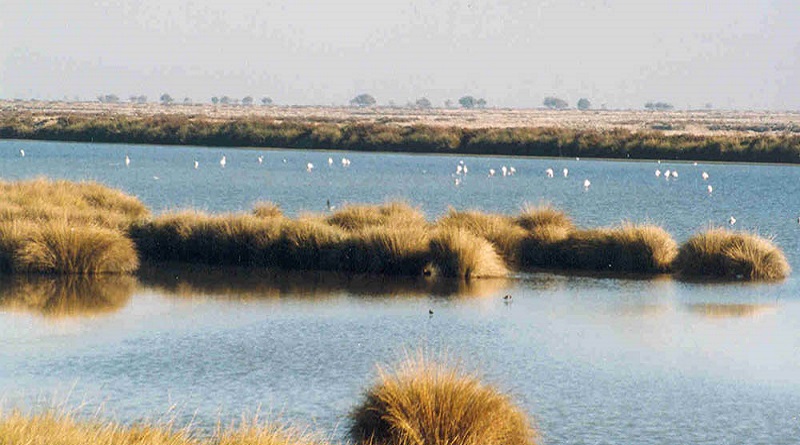World Wetlands Day 2018: Why urban wetlands are important for climate protection
From mangrove forests to coral reefs on the coast, to peatlands to floodplains inland, wetlands play a crucial role in the fight against climate change and help make urban areas more sustainable. On 2 February, we celebrate World Wetlands Day.
As societies implement the Paris Agreement to keep global temperatures well below 2 °C and as close as possible to 1.5 °C. Intact wetlands not only reliably store carbon, but also act as an effective barrier to the unavoidable impacts of climate change. Intact wetlands are the first line of defense against flooding in urban areas, acting as large sponges that absorb the flood waters.
Coastal cities, mangroves and saltmarshes work as the best natural defense against storm surges. And restoring damaged wetlands contributes towards the removal of carbon from the atmosphere.
Yet, wetlands are declining. More than 64% of the world’s wetlands have been lost since 1990, and as wetlands are destroyed, more carbon is released into the atmosphere, contributing to a global temperature rise.
With half of the world’s population now living in urban areas, with that number set to increase to 66% by 2050, there is an increasing tendency to encroach on wetlands to build and develop infrastructure.
What the UN is doing for wetlands
United Nations Environment Programme is taking necessary measures to protect, preserve and manage areas, like in Aruba, where UN Environment organized a wetland clean-up.
In addition, the United Nations Development Programme (UNDP) is working towards recovering native wetlands, for example in Colombia, in order to reduce vulnerability to climate change.




